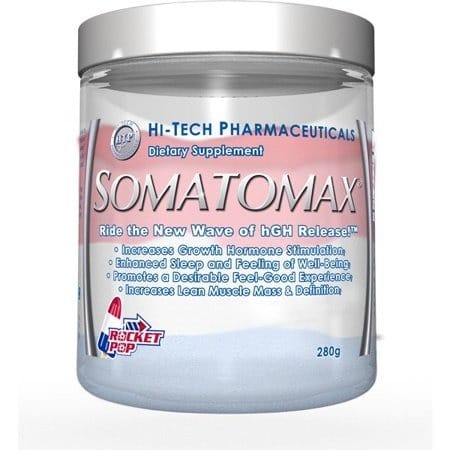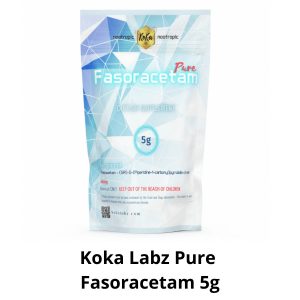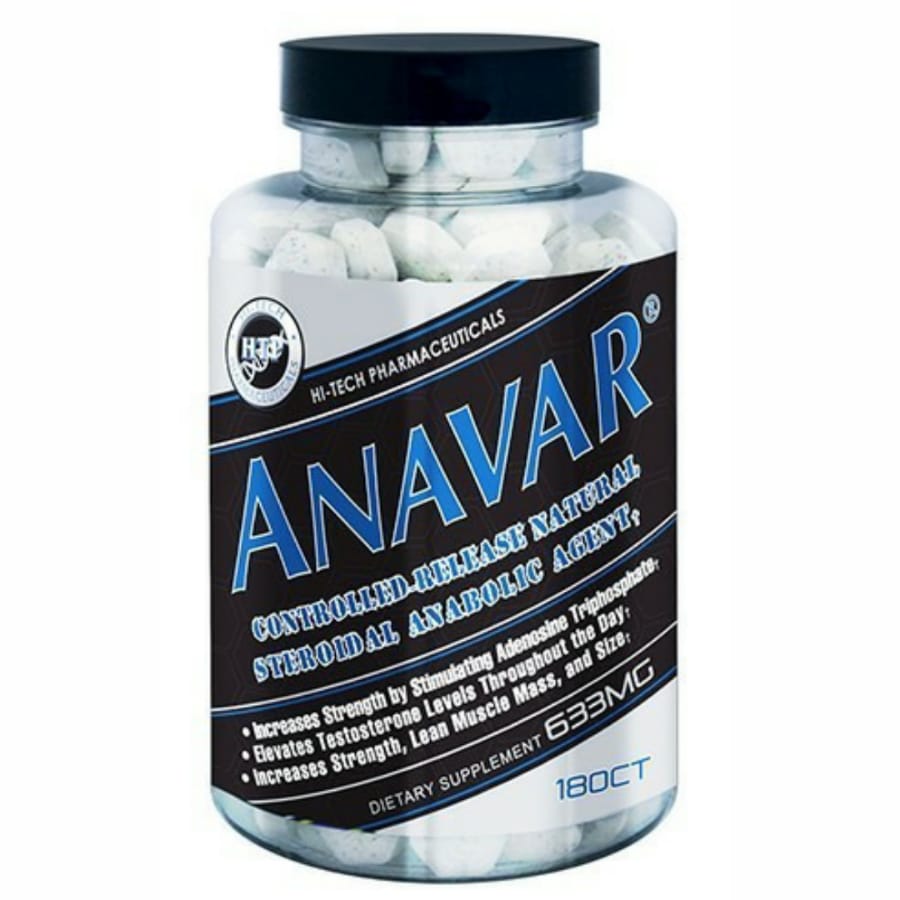
Pramiracetam – what does the “forgotten” compound from the racetam group hide?
The last decades of the 20th century were a period of intensive research on compounds belonging to the racetam group. Scientists realised that such substances might have enormous nootropic potential. Pramiracetam, among others, was one of the relatively wide ranges of compounds studied. Unfortunately, this compound ended up like many other substances, as the scientists stopped their research. As a result, only a few completed trials may hold some clues to the properties and effects of pramiracetam. So what exactly do we know about this compound, and is it worth supplementing today?
How was pramiracetam developed?
The beginning of pramiracetam’s history dates back to the late 1970s. It was then that scientists employed by Parke-Davis&Company succeeded in synthesising a new compound from the racetam group. It was identified as pramiracetam, and its creators obtained a patent for the development of its discovery. Initially, pramiracetam was to be used as a treatment for Alzheimer’s disease. However, the results of the research were mixed, so interest in the compound began to decline.
However, the Italian company Menarini became interested in pramiracetam and launched a preparation containing this compound. This was a drug sold under the name Pramistar. The pramiracetam contained in it was supposed to help people suffering from cognitive impairment resulting from neurodegradative diseases. Later, new studies were also initiated on the effect of pramiracetam on the recovery of mental abilities after trauma. The patients included mainly young men who had suffered various head injuries. The experiment was a success, as the researchers showed that taking pramiracetam improved the patients’ memory.
Unfortunately, a small number of scientific studies curtailed the further development of pramiracetam. As a result, pramiracetam eventually lost its drug status, and it seemed that it would disappear from the market altogether. However, the reality turned out to be quite different.
Pramiracetam as a supplement with nootropic effect
Pramiracetam was not the only compound from the racetam group to be “abandoned” at the clinical trials stage. This was primarily due to other manufacturer expectations. Here it should be recalled that the manufacturers of racetams were mainly pharmaceutical corporations. Such entities are focused on selling drugs, which sometimes may even be granted reimbursement status. Therefore, the mixed results of studies on the properties of racetams led to their further development being abandoned. Fortunately, the knowledge already gained has not disappeared…
This, by the way, brought racetams to the attention of dietary supplement companies shortly. In addition, it was a time when the world began to pay more and more attention to preparations with nootropic effects. This meant that manufacturers of such products found themselves in a very comfortable position.
Pramiracetam – what does the “forgotten” compound from the racetam group hide?
The last decades of the 20th century were a period of intensive research on compounds belonging to the racetam group. Scientists realised that such substances might have enormous nootropic potential. Pramiracetam, among others, was one of the relatively wide ranges of compounds studied. Unfortunately, this compound ended up like many other substances, as the scientists stopped their research. As a result, only a few completed trials may hold some clues to the properties and effects of pramiracetam. So what exactly do we know about this compound, and is it worth supplementing today?



















